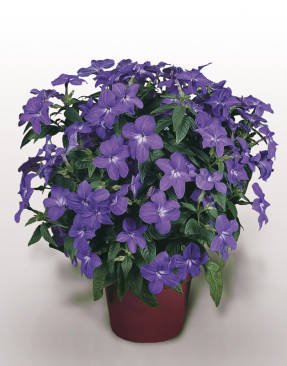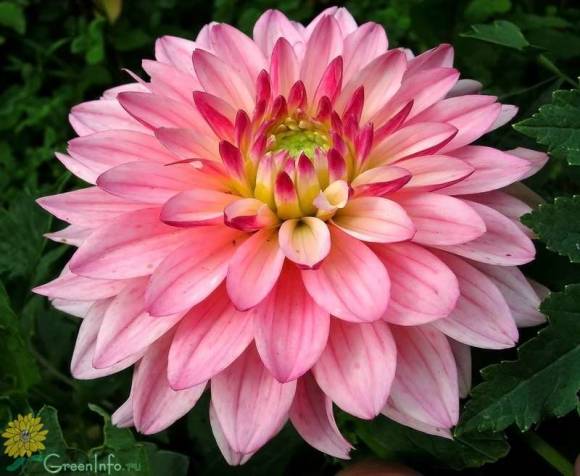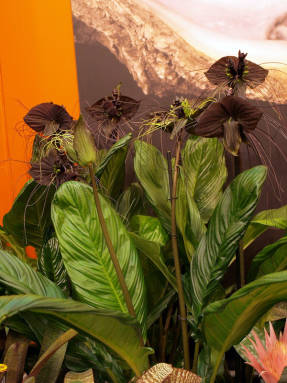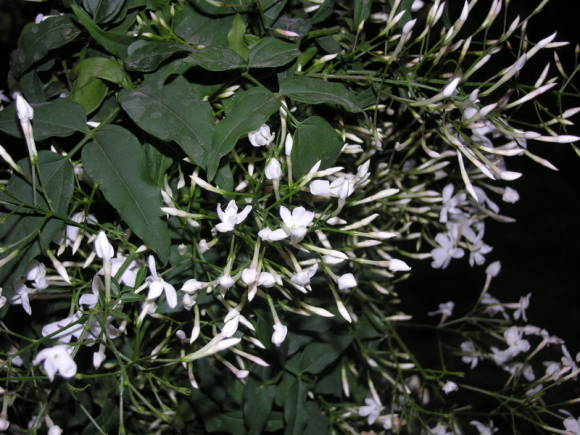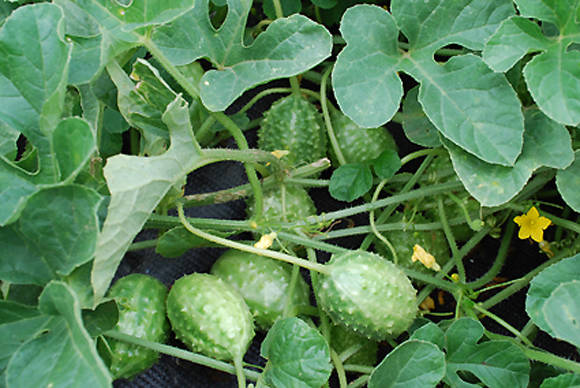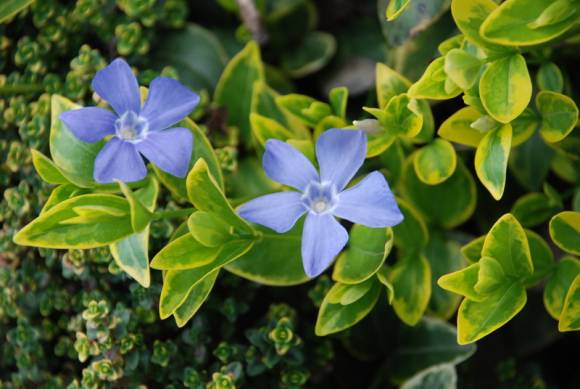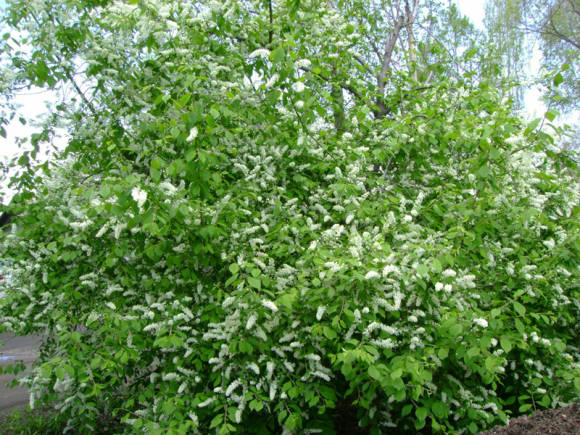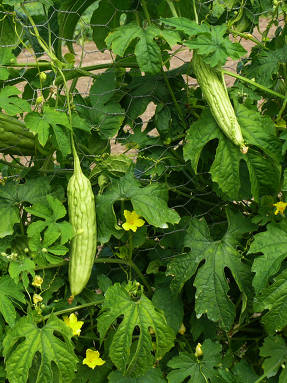It is difficult to say why this plant received the Russian-language name censer. But Latin Melittis melissophyllum speaks volumes. Name melittis translated from Greek means "honey cake", it is given for the fragrant honey aroma of flowers, which collects a lot of bees and butterflies. And the species melissophyllum means "melissa" - by the leaves the plant is indeed difficult to distinguish from lemon balm (see Melissa officinalis), hence another name for the plant - melissa, was born. There is another English-language name for the plant - Bastard balm, which means "illegitimate lemon balm", but more often used in the meaning of "false lemon balm".
 |
Melisolist censer (Melittis melissophyllum) - a perennial herb of the Yaroslavl family (Lamiaceae)... The only member of the censer family (Melittis), related to mint and lemon balm.
Wildly grows in Central and Western Europe, including Great Britain, in Russia - in the west of the European part, in the shady undergrowth of deciduous and mixed forests, often mountainous, up to an altitude of 1400 m above sea level.
It is a perennial short-rhizome plant 30-50 cm tall, rarely taller, with straight, hollow, tetrahedral, pubescent stems. Grows from 20 to 60 cm in width. Leaves are opposite, oblong-ovate, 5-9 cm long, slightly wrinkled, sparsely hairy, dentate along the edge, on short petioles. The flowers are quite large, up to 4 cm, two-colored, resembling small orchids in appearance. Corolla is white, two-lipped, consisting of a short upper slightly concave lip and a large bent lower lip, where the central lobe is larger than the lateral ones and is brightly colored pink or lilac. Flowers are located in the axils of the upper leaves in 1-6. The inflorescence is one-sided, all flowers look towards the sun. The plant blooms in central Russia in June. Fruits - egg-shaped nuts, ripen in August.
Has several natural forms, among them - a subspecies with pure white flowers Melittis melissophyllum subsp. albida.
Royal Velvet Distinction cultivar - no higher than 30-45 cm, with a large number of flowers with a wine-colored spot on the lower lip (winter-hardy in zone 5). Growing Censer is a shade-tolerant forest plant. But in central Russia, he needs a warm place in a spotted penumbra. Prefers moist but drained soil. Requiring the richness of the soil (rich loam is optimal), the soil should be light in texture, from slightly acidic to slightly alkaline (pH 6.1-7.8). Needs annual fertilizing with complex mineral fertilizer. The winter hardiness of the plant is indicated from -20 to -28 degrees. This spread is due to the fact that its natural range covers different climatic zones. The success of cultivation directly depends on the origin of the planting material. The most winter-hardy variety - Melittis melissophyllum subsp. carpatica, called according to the old classification the Sarmatian censer (Melittis sarmatica)... At the same time, plants grown from seeds are the most resistant in our temperate climate. But even they won't be hurt by the winter protection. For the winter, the root system of the plant can be covered with sand with the addition of wood ash (for a bucket of sand - a glass of ash). There are examples of successful plant cultivation in the Main Botanical of Moscow, where it is recognized as promising for our gardens. The censer will enrich your natural garden. It is planted next to lilies of the valley, dicenters, ferns, zpak. Flowers look bright against the background of hedges and fences. Sometimes used in containers. Reproduction The plant can be propagated by seeds, which are sown to a shallow depth (up to 2 cm) immediately after harvest. As with mint, seeds quickly lose their germination during storage, so spring sowing gives the worst results. In the first year after sowing, the plant does not bloom, flowers appear in the 2-3rd year. Well-developed plants can be divided in early spring, at the beginning of regrowth of stems, or in late August - early September. Reproduction by cuttings in the spring is also possible. To do this, take stems up to 7.5 cm high and cut them as close to the base as possible. Those stems that have already become hollow are not suitable for grafting. Cuttings are rooted in light, drained soil, sprinkled with a small layer of sand. The formation of roots stimulates well the lower heating, although even without it, the cuttings root well. Medicinal properties Melissole, like many members of the lamb, is an aromatic and medicinal plant. But the scent of its greenery is very different from the scent of lemon balm, it smells like coumarin, like freshly cut hay. The herb is harvested during the flowering period; by the end of summer, the content of nutrients in the plant, in particular flavonoids, decreases 4-6 times. After drying, it becomes sweetly fragrant and retains its aroma for a long time. The chemical composition of the plant is represented by many useful components: luteolin, rutin, myricetin, quercitrin, quercitin, kaempferol, apigenin. The herb contains an essential oil (0.02%), which is dominated by terpene compounds. A decoction of lemon balm - a well-known remedy in the traditional medicine of the Mediterranean - has tonic, astringent, diuretic properties, helps to regulate the menstrual cycle. It soothes and strengthens the nervous system, has a sedative and hypnotic effect. Tea made from its leaves is an excellent diaphoretic, antioxidant and blood-purifying agent. The censer is also used as a kitchen herb - for flavoring drinks, baked goods, as a spice for various poultry and fish dishes. However, refrain from collecting Sarmatian censer in nature - this is a relic, the range of which is rapidly decreasing. Grow this wonderful decorative and useful plant in your garden!


